Several major Canadian initiatives underway are drawing global attention for their scale, long-term potential, and practical impact. These projects span clean energy, transportation, technology, agriculture, urban development, and scientific discovery, each offering solutions that address current challenges while preparing for the future. Their progress is being monitored by governments, corporations, and international institutions. Here are 19 Canadian projects the world is watching closely.
Small Modular Reactor Development

Efforts to commercialize small modular reactors are moving forward with detailed planning, regulatory cooperation, and international interest. Work is being done to demonstrate how smaller-scale nuclear units can provide consistent zero-emission power for remote areas, industrial operations, and expanding cities. The structure of these projects emphasizes cost containment, improved safety features, and standardized production. Partnerships with global energy firms and engineering organizations are helping refine models that can be replicated elsewhere. As more countries seek dependable low-carbon electricity, progress on these systems is being closely followed. The goal is to show that advanced nuclear technology can deliver practical, scalable, and financially predictable outcomes.
High Frequency Rail Expansion

The proposal to introduce higher-speed passenger rail between major eastern cities is advancing through route planning, environmental assessments, and private sector consultations. The model focuses on reliable service, reduced travel times, and a smoother connection between densely populated regions. International observers are interested in the public-private approach and the emphasis on improving existing corridors rather than constructing entirely new ones. This project aims to shift significant traffic from congested highways and short-haul flights to an efficient rail network that supports lower emissions and improved accessibility. The design prioritizes consistent scheduling, modern rolling stock, and upgraded infrastructure to support long-term ridership growth.
Hydrogen Production and Export Facilities

Large-scale plans for clean hydrogen generation are progressing in coastal regions where access to wind power and export routes creates favorable conditions for development. These facilities are designed to produce hydrogen through electrolysis using renewable energy and then transport it to markets seeking alternatives to fossil fuels. Several international partners are involved in assessment and investment discussions, giving the project a global profile. The objective is to create a stable supply chain that supports industrial use, transportation, and power generation abroad. Engineers are working toward systems that meet strict safety and efficiency requirements to ensure long-term commercial viability.
Artificial Intelligence Research Clusters
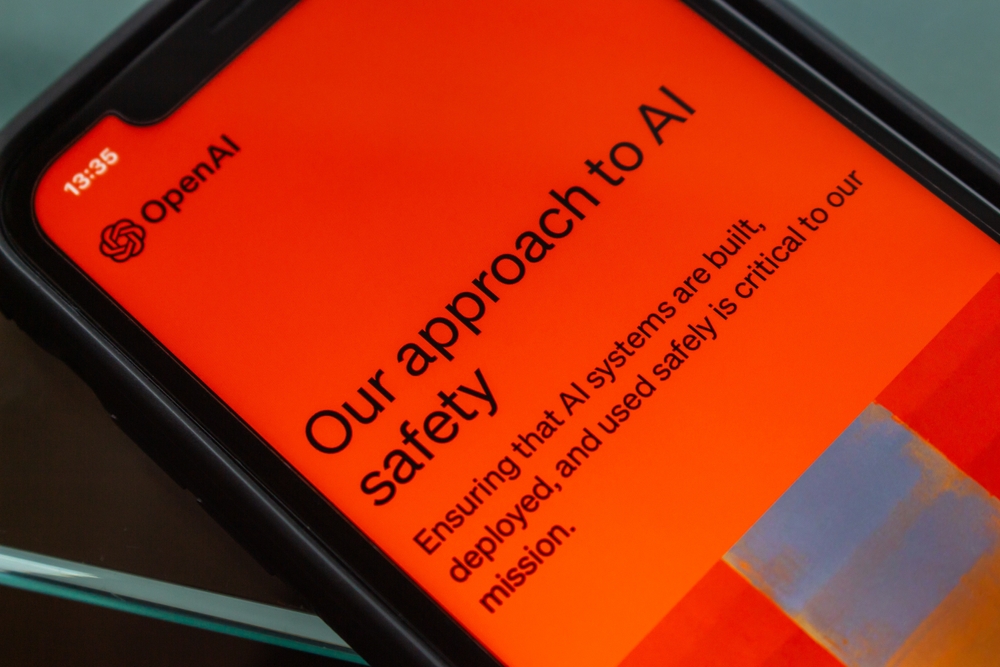
Major research centres focused on machine learning continue to attract developers, scientists, and investors who view these hubs as important contributors to global innovation. Collaborative environments link universities, startups, and established companies, allowing teams to experiment with foundational models, robotics, healthcare applications, and responsible AI frameworks. These clusters emphasize transparent testing, open scientific exchange, and partnerships that help translate advanced research into commercial tools. Their growth is monitored internationally because the work being done has the potential to influence future regulations and industry standards. The goal is to create settings where talent development, ethical design, and practical deployment coexist effectively.
Critical Minerals Supply Chain Projects
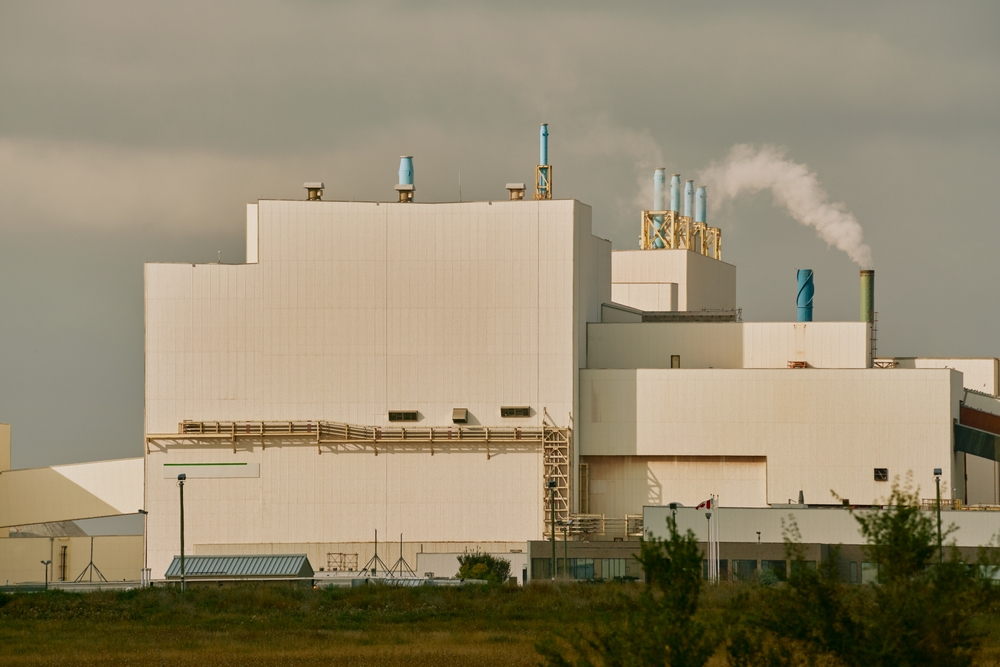
Efforts are underway to expand mining, processing, and refining capacity for minerals used in batteries, electronics, and renewable technologies. The focus is on creating supply chains that operate with higher environmental transparency and give global manufacturers stable access to essential materials. Partnerships with automotive firms, energy storage companies, and technology brands are shaping long-term investment plans. These projects are drawing attention from countries seeking alternatives to existing mineral suppliers. Engineers are developing methods to reduce waste, improve recovery rates, and support local economic activity. The result is a network designed to meet rising global demand for responsibly sourced materials.
Atlantic Offshore Wind Developments

Several large offshore wind proposals in the Atlantic region are in advanced planning stages with assessments underway for grid integration, seabed suitability, and environmental impacts. The interest from international firms highlights the potential for this coastline to become a major renewable power hub. The project’s focus is on building high-capacity turbines that feed clean energy into domestic and export markets. Work is being done to ensure that construction processes, transmission designs, and maintenance strategies align with global best practices. As nations look to diversify their energy sources, the progress of these developments is being followed for insights into large-scale wind deployment.
EV Battery Manufacturing Facilities

New battery plants supported by global automakers are taking shape with timelines, supply agreements, and workforce training programs being finalized. These facilities aim to support electric vehicle production across North America by manufacturing high-quality battery components at scale. Their construction includes advanced automation, strict quality controls, and research units dedicated to improving next-generation chemistry. International attention is focused on how these factories integrate local mineral sourcing with large industrial production. The long-term plan is to reduce transportation costs, strengthen supply chains, and provide consistent output for automakers transitioning toward all-electric lineups.
Carbon Capture and Storage Hubs
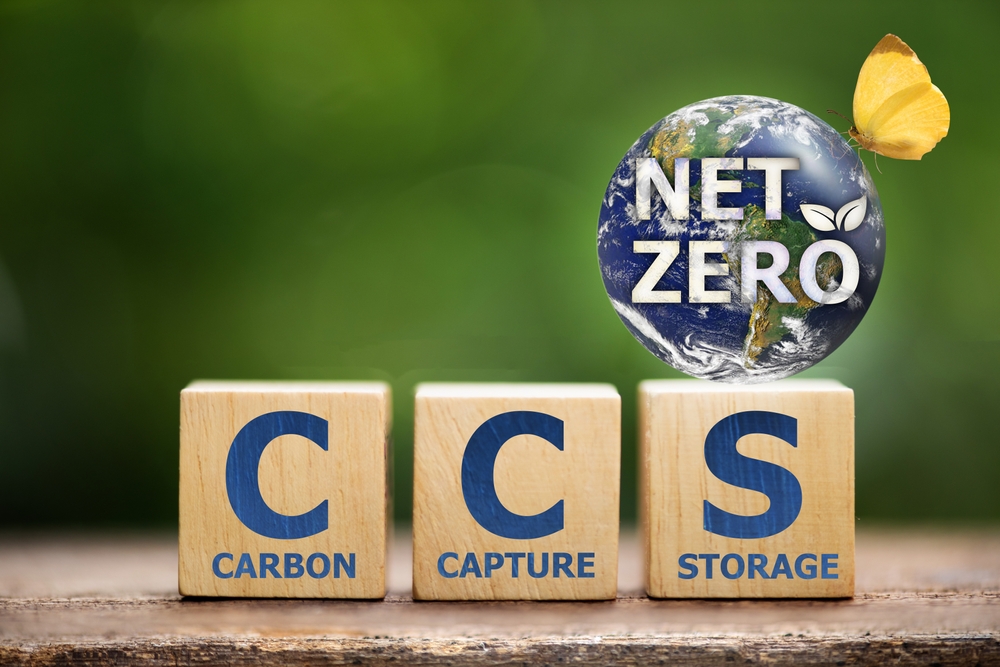
Regional hubs designed to capture emissions from industrial facilities are progressing through detailed engineering and permitting. These projects seek to transport captured carbon to secure underground formations for long-term storage. Collaboration among governments, energy firms, and technology providers is central to planning, making the initiative a model for large-scale industrial emissions management. Observers are analyzing how the hubs integrate pipelines, storage reservoirs, and monitoring systems into a cohesive structure. If successful, the model could be adopted in other countries seeking cost-effective ways to reach climate targets while maintaining essential industries.
Digital Identity and Privacy Infrastructure

Work is underway to modernize identity verification systems through secure digital platforms built to protect personal information while improving access to services. These initiatives emphasize user consent, low-risk authentication, and transparent governance frameworks. Governments and private institutions worldwide are examining these efforts as potential templates for balancing convenience with strong privacy safeguards. Technical teams are designing systems that reduce reliance on physical documents and simplify interactions with public agencies and financial institutions. The goal is to enhance security and reduce fraud while delivering faster digital services that meet international standards for data protection and reliability.
Northern Deep Sea Port Development

Plans for a deep-sea port in the Arctic region are being reviewed as shipping routes evolve due to changing ice patterns and increased global trade. The project aims to create reliable maritime access for resource development, research missions, and international cargo movement. Engineers are studying infrastructure needs such as docking facilities, storage areas, navigation systems, and environmental protections suited to harsh northern conditions. Several countries tracking Arctic logistics are paying close attention to this proposal because it could influence future shipping corridors. The project is also evaluating community partnerships and long-term economic benefits for northern regions.
Urban Green Building Districts

Large neighborhood-scale developments that prioritize sustainable design, energy-efficient buildings, and advanced public transit features are being constructed in major cities. These districts function as real-world demonstrations of low-emission living and integrated planning. International planners follow their progress to understand how zoning, infrastructure investment, and building standards can be aligned. The projects include mixed-use housing, commercial spaces, green roofs, and district energy systems that reduce overall consumption. Their design is intended to create functional communities that maintain affordability while lowering environmental impacts. The work shows how coordinated urban planning can produce measurable improvements in quality of life.
Quantum Computing Research Facilities

State-of-the-art centres dedicated to quantum computing are expanding with new labs, academic partnerships, and industry collaborations. The research aims to advance quantum processors, error correction systems, and practical applications in fields like medicine, finance, and materials science. These facilities serve as training grounds for highly specialized talent while supporting global efforts to make quantum technologies commercially viable. Companies and governments worldwide are watching developments closely because breakthroughs could significantly alter data processing capabilities. The research teams emphasize transparency, international cooperation, and responsible innovation to ensure that progress aligns with both scientific and ethical expectations.
Prairie Carbon Removal Agriculture Pilots

Several large farms are participating in trials that test new methods for enhancing soil carbon storage while maintaining crop productivity. These pilots involve precision agriculture, modified tilling practices, crop rotation strategies, and digital monitoring tools that measure carbon outcomes over time. International agricultural groups observe these trials because they offer insights into scalable climate climate-friendly farming. The initiative aims to show that environmental benefits can be achieved without reducing yields or increasing production costs. The data collected will help shape future policy and may influence global carbon markets. The objective is to create models that can be adopted by different farming regions.
West Coast LNG Export Terminals
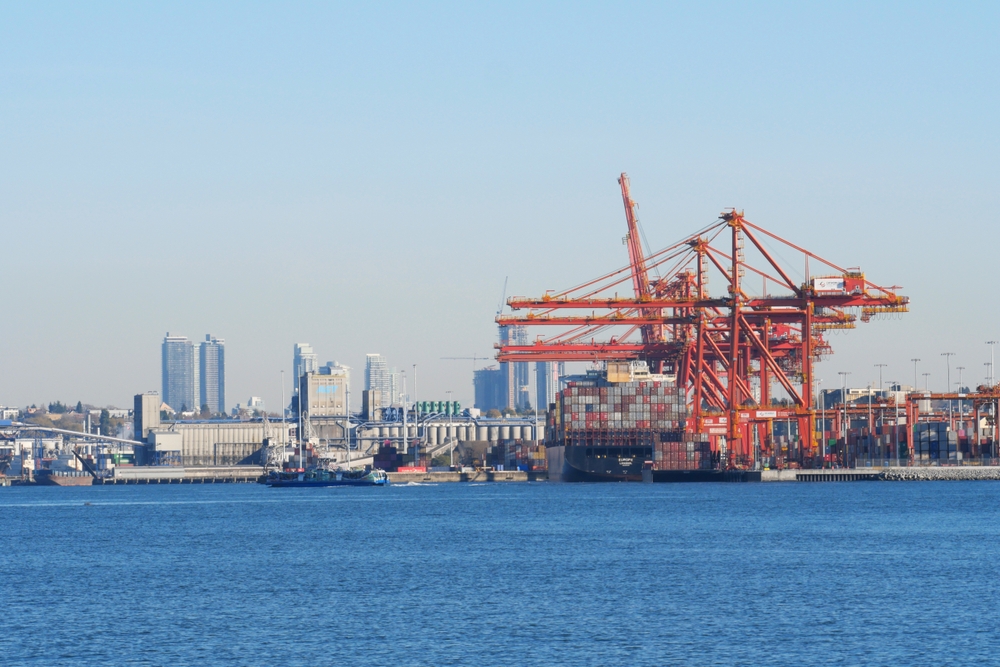
Major liquefied natural gas export facilities on the West Coast are in various construction and evaluation phases. Their purpose is to supply international markets that are shifting away from coal while still requiring stable transitional fuels. The projects involve complex engineering, large storage tanks, advanced safety systems, and high-efficiency liquefaction processes. Countries in Asia and Europe are monitoring progress because these terminals could become significant contributors to global energy security. Environmental considerations, Indigenous partnerships, and emission reduction strategies are being integrated to balance economic development with long-term sustainability requirements.
National Biofuel Innovation Programs

Research initiatives focused on advanced biofuels are expanding through collaborations among universities, clean tech companies, and agricultural producers. These programs explore new feedstocks, conversion technologies, and scaling methods that aim to reduce emissions in aviation, heavy transport, and industrial sectors. International organizations are tracking progress because breakthroughs in cost-effective biofuels could accelerate global decarbonization goals. The research emphasizes lifecycle analysis, supply chain reliability, and the commercial viability of new production pathways. Demonstration projects are underway to test performance and efficiency in real-world settings. These programs are positioning the country as a contributor to next-generation fuel innovation.
Next Generation Weather and Climate Monitoring Systems

New satellite programs, sensor networks, and predictive modelling tools are being developed to improve the accuracy of weather forecasting and climate analysis. These systems are designed to help communities prepare for extreme events and support industries like agriculture, shipping, and aviation. International agencies are paying attention because enhanced monitoring capabilities can contribute to better global data sharing and more accurate climate projections. The initiative emphasizes technological precision, cross-border cooperation, and open data standards. By improving real-time information, these systems aim to strengthen decision-making and reduce risks associated with rapidly changing environmental conditions.
Indigenous Conservation Areas

Large protected regions managed in partnership with Indigenous communities are gaining international recognition for their ecological and cultural significance. These areas integrate traditional knowledge with modern conservation science to support biodiversity, climate resilience, and sustainable resource use. Environmental organizations and governments worldwide are studying these models because they provide examples of effective stewardship grounded in community leadership. The projects prioritize habitat protection, wildlife monitoring, and land-based education programs. They demonstrate how collaborative governance can produce durable environmental outcomes while respecting cultural rights and local decision-making processes.
Advanced Medical Research on Rare Diseases

Groundbreaking work in genomics, drug development, and personalized treatment is being conducted through partnerships among hospitals, universities, and biotech firms. These projects focus on rare illnesses that often lack commercial incentives for research. International medical communities monitor progress closely because new diagnostic tools and therapies developed here can benefit patients worldwide. The research emphasizes rigorous testing, patient involvement, and transparent data sharing. Clinical trials incorporate cutting-edge technology to improve accuracy and reduce timelines. These efforts aim to expand global understanding of rare diseases and contribute to treatments that improve long-term health outcomes.
Arctic Climate and Ocean Research Stations
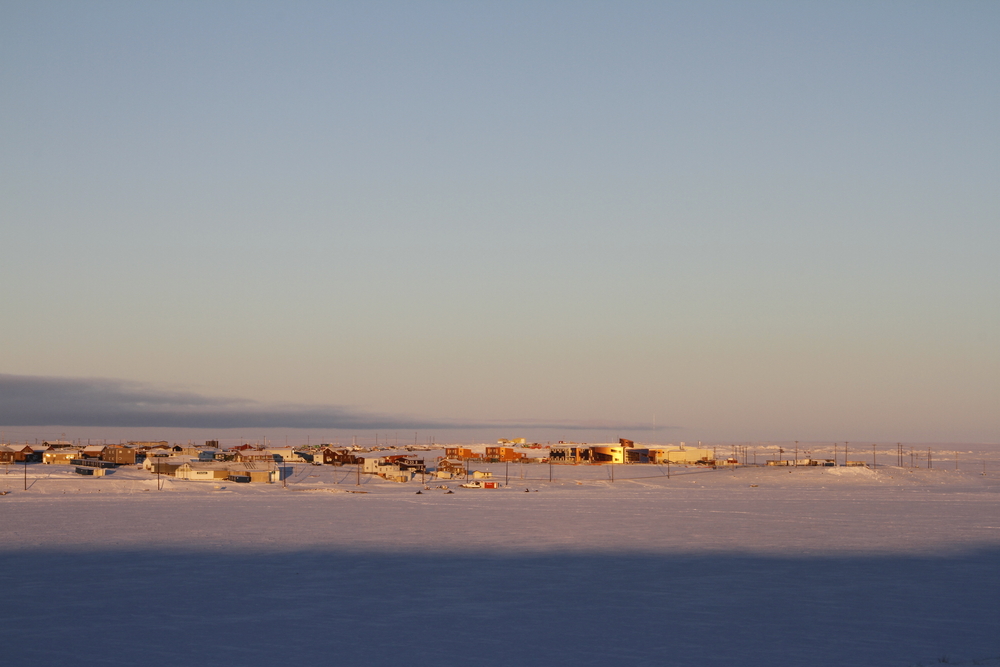
Remote scientific stations in the Arctic continue to provide detailed data on ice conditions, ocean chemistry, and ecological shifts. These facilities support international climate research efforts by offering consistent long-term monitoring in regions affected by rapid change. Teams collaborate with global scientists to study marine patterns, atmospheric changes, and species behavior. The research is used to inform climate models and international policy discussions. The stations also serve as training sites for researchers, gaining field experience in challenging environments. Their work is recognized as essential for understanding global climate dynamics and preparing for future environmental changes.
21 Products Canadians Should Stockpile Before Tariffs Hit

If trade tensions escalate between Canada and the U.S., everyday essentials can suddenly disappear or skyrocket in price. Products like pantry basics and tech must-haves that depend on are deeply tied to cross-border supply chains and are likely to face various kinds of disruptions
21 Products Canadians Should Stockpile Before Tariffs Hit
